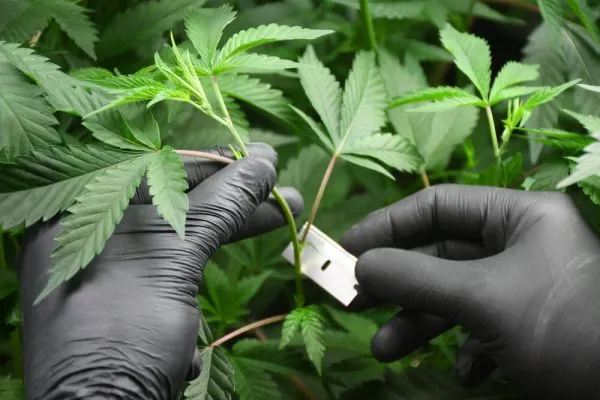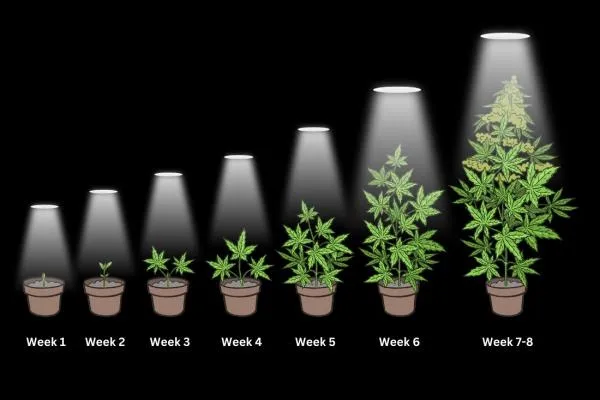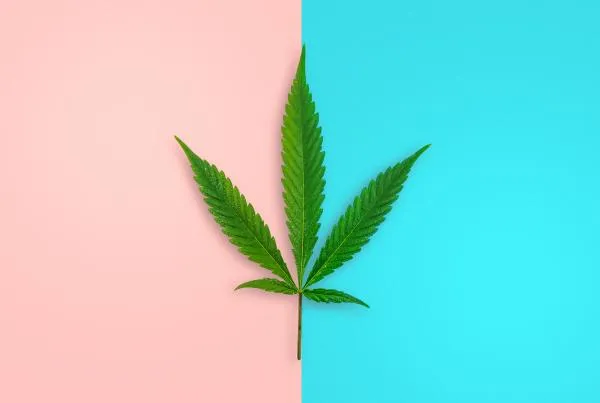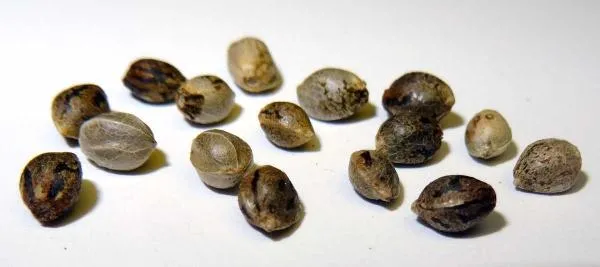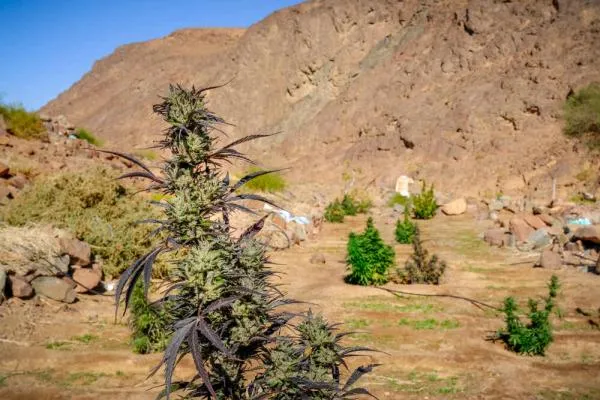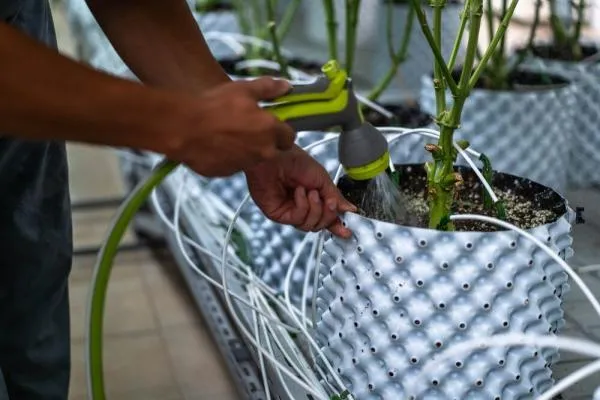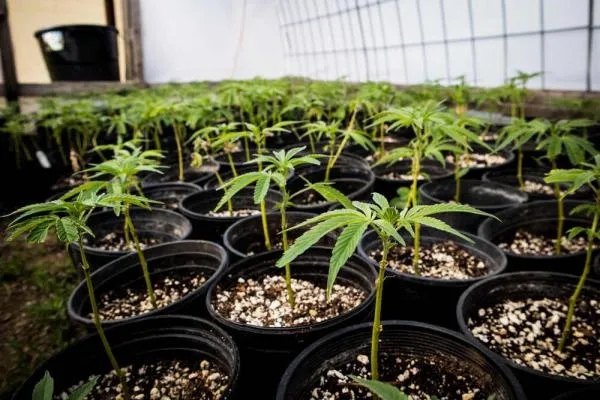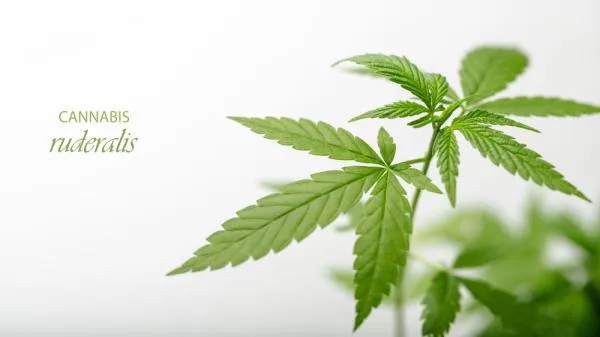Cloning is a popular method for growers looking to replicate their best cannabis plants, but does it work for autoflowers? Unlike photoperiod strains, autoflowers follow a fixed lifecycle, meaning they flower regardless of light schedule. This raises the big question—can you successfully clone an autoflowering plant, or is it a waste of time? In this article, we’ll explore the science behind cloning, why it works for photoperiod strains but not for autos, and the best way to maximize your autoflower yields.
What is cloning?

Cloning is a way to produce an exact genetic replica of a cannabis plant. The way that cloning works is by cutting a terminal shoot with the leaves on from an older plant whilst in a state of vegetation, usually 2 months old. This process is done using a sharp and sterile scalpel, razor or a pair of scissors, jiffy plugs, rooting hormone and a propagator. The clone is then kept in a controlled environment using soft lighting such as compact fluorescent or L.E.D strip light.
The temperature should be between 22–24 degrees Celsius, with relative humidity ranging from 75%-90%. Over a 10-14 day period, the clones will be encouraged to form roots inside the jiffy plug and will be ready to transplant to a larger sized pot where it will begin life as an infant plant typically 4–6 inches in size, and produce the same desirable traits that the original plant it was taken from.
Advantages of cloning cannabis plants
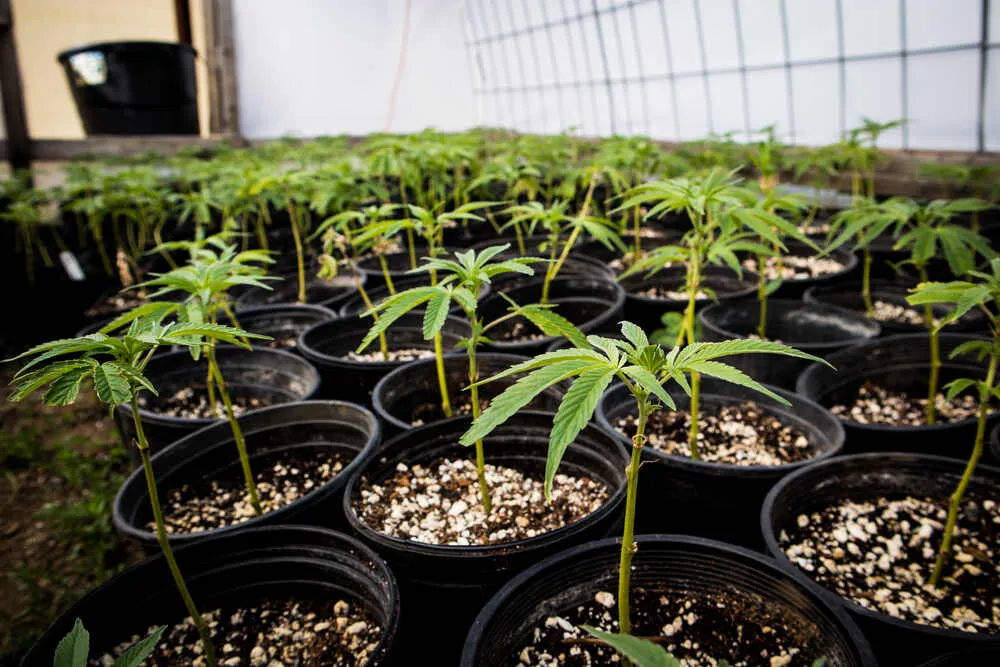
There are many advantages of cloning cannabis plants. A grower will not need to invest their money on new cannabis seeds, eliminates the time to grow out and sex the plants, allows a grower to decide how many plants they will need for their next crop, and produces a pathogen and disease-free infant genetic replica.
Cloning can also allow an indoor grower to plan ahead and is an excellent way for growers who adopt the Sea of Green method to produce the ideal number of plants, resulting in a quick turnaround and great yields. Growers who enjoy working with numerous strains can hold their cannabis genetics for long periods and in some cases years up to a decade.
The other main advantage of cloning is the fact that the grower can choose to produce a mother plant, meaning a large-sized bushy plant, which is kept in a vegetative state using an 18-hour light schedule (18/6). Mother plants are never allowed to be flowered and should always remain in a state of vegetation producing growth shoots and leaves.
The mother plant will serve as a frequent producer of new clones, and depending on the grower’s ambitions, can provide a low or high quantity of healthy and vibrant infant cannabis plants. Breeding cannabis using clones is also extremely practical, saves space, and allows a grower to organize and synchronize the pollination process.
What happens if you try to clone an autoflower?
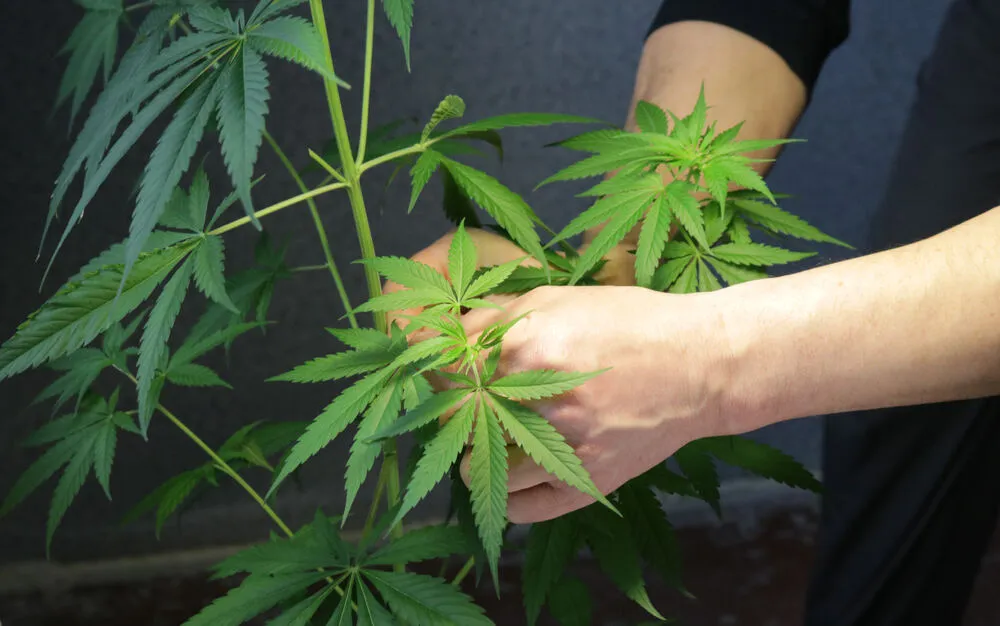
Autoflowering cannabis plants are genetically programmed to flower automatically once they hit 3–4 weeks of their lifecycle. Flowering will be induced regardless of the light cycle, so the short answer is that autoflowers cannot be cloned, as remaining in a vegetative state is just not possible.
When cloning an autoflower, the clone will still produce roots in the same way a photoperiod cannabis strain would, however, the result will be a 6–9-inch miniature-sized plant once flowering is induced. Not only would cloning an autoflowering cannabis plant produce a significantly low yield, but it would also be a waste of time, labor, and electricity. The original plant which the clones were taken from will also experience stress and cause the plants to grow slowly, stunted, and dramatically affect the final potential yield.
Why you should always grow autoflowers from seeds
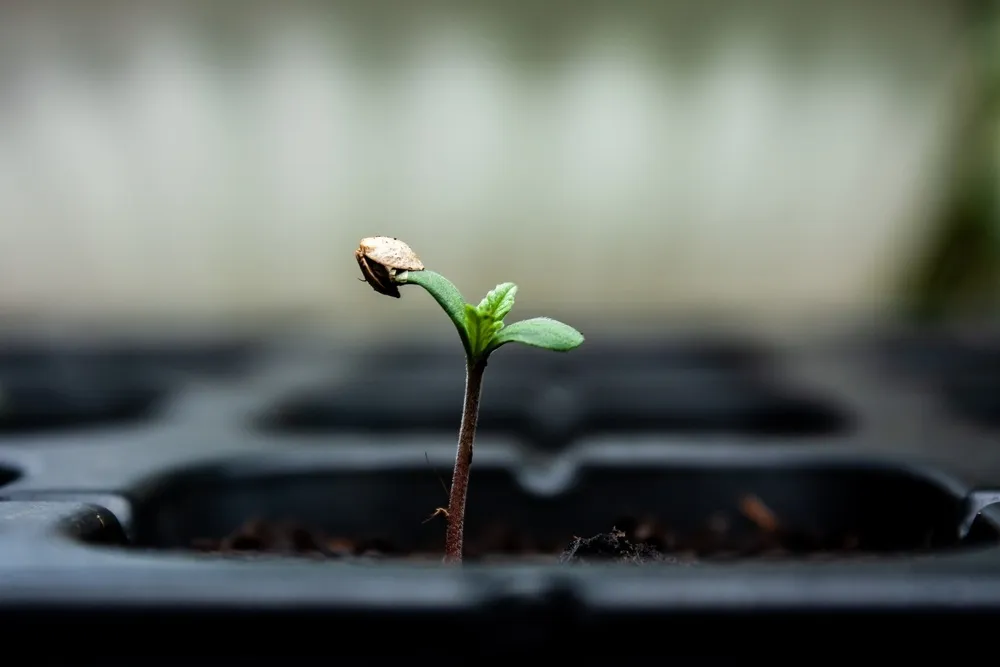
The reason why you should always grow autoflowering cannabis plants from seed is to allow the roots to grow into the available growing medium, and have the best chance to become tall, bushy, and robust. The bigger the pots and the growth structure of an autoflowering genetic grown from seed will play a vital role in how productive the plants will be, the number of roots they may produce, and the potential final yield.
Autoflowering cannabis plants will always perform better in a large-sized pot ranging from 10 liters upwards, however, when grown in a small grow space, can produce impressive yields under the right conditions.
The most important factor is to provide the plants with intense lighting throughout the entire vegetative and flowering period, keep the temperature, humidity levels, and feeding regime as consistent as possible, and perform plant training methods such as tying down or pruning within the first 3–4 weeks.
Re-potting autoflowering plants is never advised as this can cause the plants to become shocked, resulting in stunted growth, and will oftentimes trigger flowering earlier causing smaller-sized yields. The best way to upgrade the pot size would be to cut away the base of the current pot and gently place it into the new pot allowing the roots to settle and resume growth as normal.
Can you regenerate an autoflower?
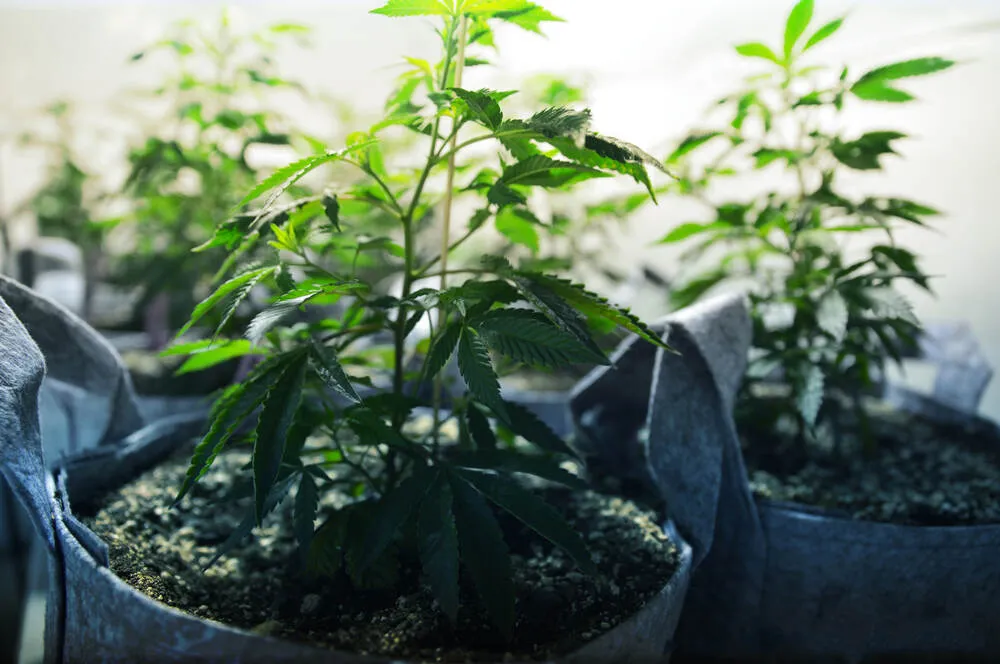
Regenerating a cannabis plant means allowing the light schedule to remain between 18–24 hours for 4–6 weeks once harvested, with a small amount of foliage purposely left behind. However, In the same way that a cloned auto-flowering cannabis plant will enter the flowering stage after 28 days, the same rule applies when attempting to regenerate one.
Regenerating a photoperiod plant is a long-winded process yet will cause new growth shoots to emerge and develop back into the vegetative state. Unfortunately, this won’t be the case with autoflowering cannabis plants and will be a waste of time and energy.
Top tips for growing autoflowering cannabis plants
- Planting autoflowering cannabis plants directly into the final pots is well recommended and will provide the optimal amount of space for the plant's roots to search for air and nutrients. The larger the root mass can become, the bigger the plants can grow, making nutrient uptake and availability far superior.
- Autoflowering cannabis plants can be perpetually harvested indoors and kept inside the same tent or grow room. The best way to achieve a perpetual harvest using autos is to plant new seeds every 2–4 weeks, so a grower can harvest on a bi-weekly or monthly basis.
- Avoid high-stress training techniques such as topping, fimming, or heavy pruning once past 28 days of growth. Autoflowering plants will also grow best when left alone and avoiding inflicting stress will produce the ultimate growth rate and final yields.
- When planting autoflowering cannabis plants outdoors, try and let the plants receive as much direct sunlight as possible. This is most relevant from weeks 1-4, as this time frame will strongly determine how tall, wide, and bushy the autos will become.
- Re-potting autoflowering plants will slow growth down and only result in stunted plants. In some cases, re-potting will be a stressful time and can often lead to too small to medium-sized plants ranging between 30-40 cm in size once fully mature.
